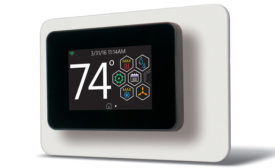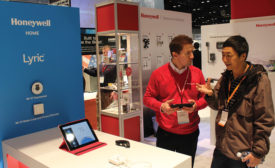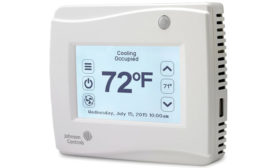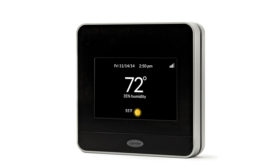Home » thermostat products
Articles Tagged with ''thermostat products''
Advanced HVAC Controls Market to Grow at 8.67% CAGR to 2020
Enhancing energy efficiency has become an important issue
March 7, 2016
Leviton Launches Hospitality Thermostat for Guest Room Energy Management
Wireless smart control helps hoteliers save energy while meeting energy code compliance for hospitality rooms
November 4, 2015
When is a Basic Stat a Better Option?
HVAC contractors say smarter isn’t always better for some of their customers
Read More
Cool Thermostats, Hot Controls Shape Market
A snapshot of the latest and greatest products to hit the market
Read More
tado° Raises $17.1M in Financing Round
Latest funding round brings total funding to $34 million
October 19, 2015
Copyright ©2024. All Rights Reserved BNP Media.
Design, CMS, Hosting & Web Development :: ePublishing









